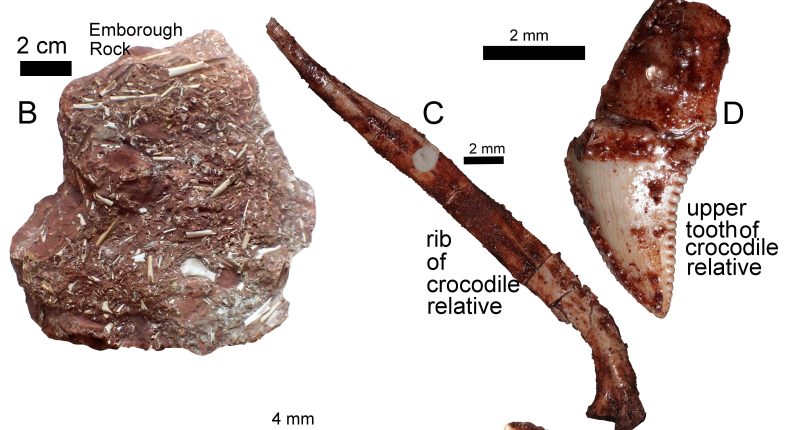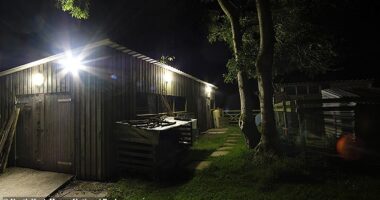AN ANCIENT reptile has been discovered by a university student in Somerset, England.
Called Kuehneosaurs, the flying reptile dates back around 200 million years.
The discovery was made by master’s student Mike Cawthorne from the University of Bristol.
Cawthorne was researching numerous reptile fossils from limestone quarries when he came across the fossils.
Way back, the quarries formed the largest sub-tropical island called the Mendip Palaeo-island.
Kuehneosaurs looked like lizards but were more closely related to the ancestors of crocodiles and dinosaurs.
They were such small animals that they could fit neatly in the palm of a hand.
“All the beasts were small,” said Cawthorne. “I had hoped to find some dinosaur bones, or even their isolated teeth, but in fact, I found everything else but dinosaurs.”
“The collections I studied had been made in the 1940s and 1950s when the quarries were still active, and paleontologists were able to visit and see fresh rock faces and speak to the quarrymen,” he added.
There were two-known species of Kuehneosaurs: one with extensive wings, and the other with shorter wings.
Most read in News Tech
Made from a layer of skin, the wings stretched over their elongated side ribs, which allowed them to swoop between trees.
Professor Mike Benton, from Bristol’s School of Earth Sciences, explained: “It took a lot of work identifying the fossil bones, most of which were separate and not in a skeleton.
“However, we have a lot of comparative material, and Mike Cawthorne was able to compare the isolated jaws and other bones with more complete specimens from the other sites around Bristol.”
Benton added that the discovery shows that the Mendip Palaeo-island, was home to diverse small reptiles feeding on the plants and insects.
“He didn’t find any dinosaur bones, but it’s likely that they were there because we have found dinosaur bones in other locations of the same geological age around Bristol,” Benton noted.
The study was published earlier this week in the journal Proceedings of the Geologists’ Association.











